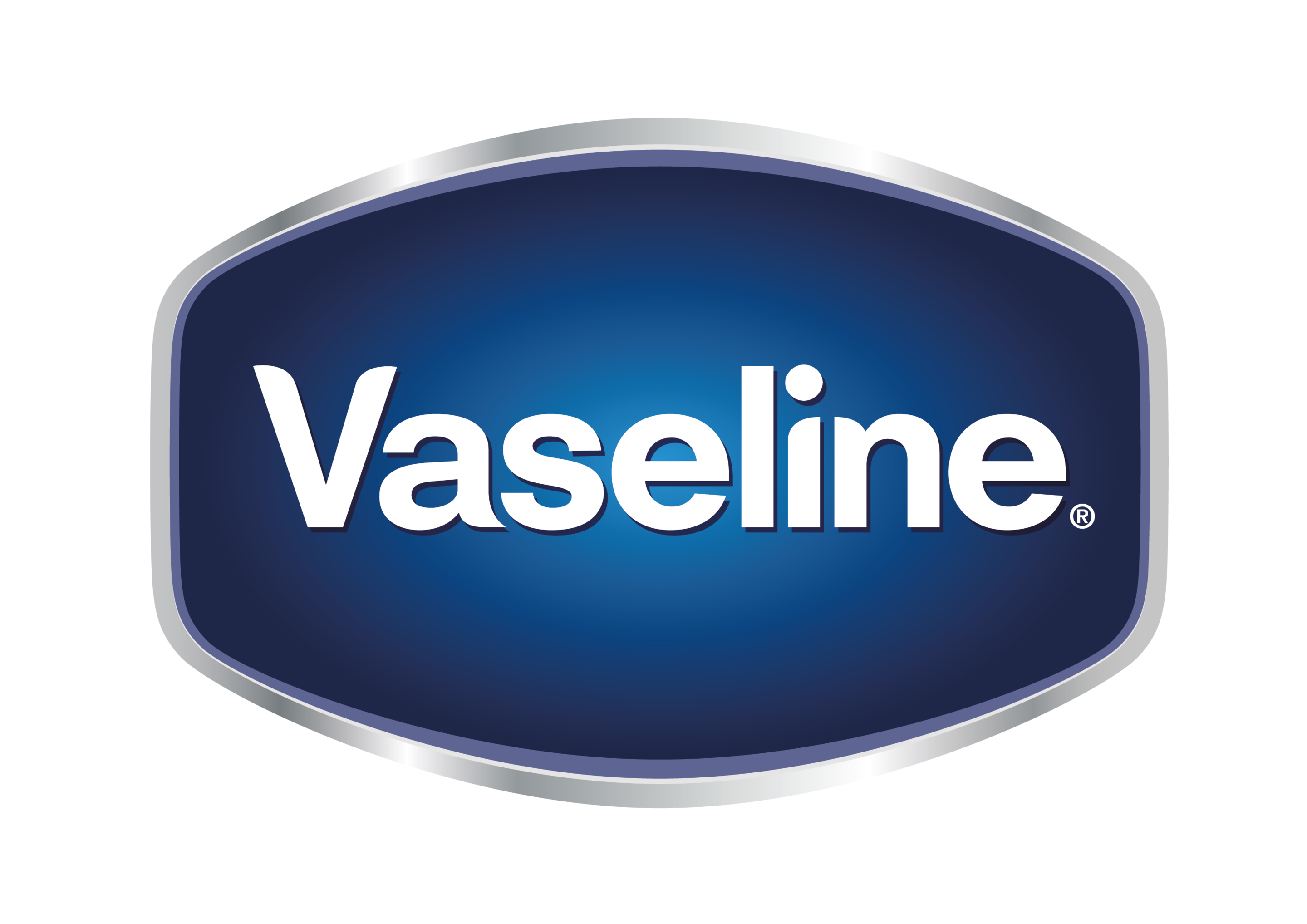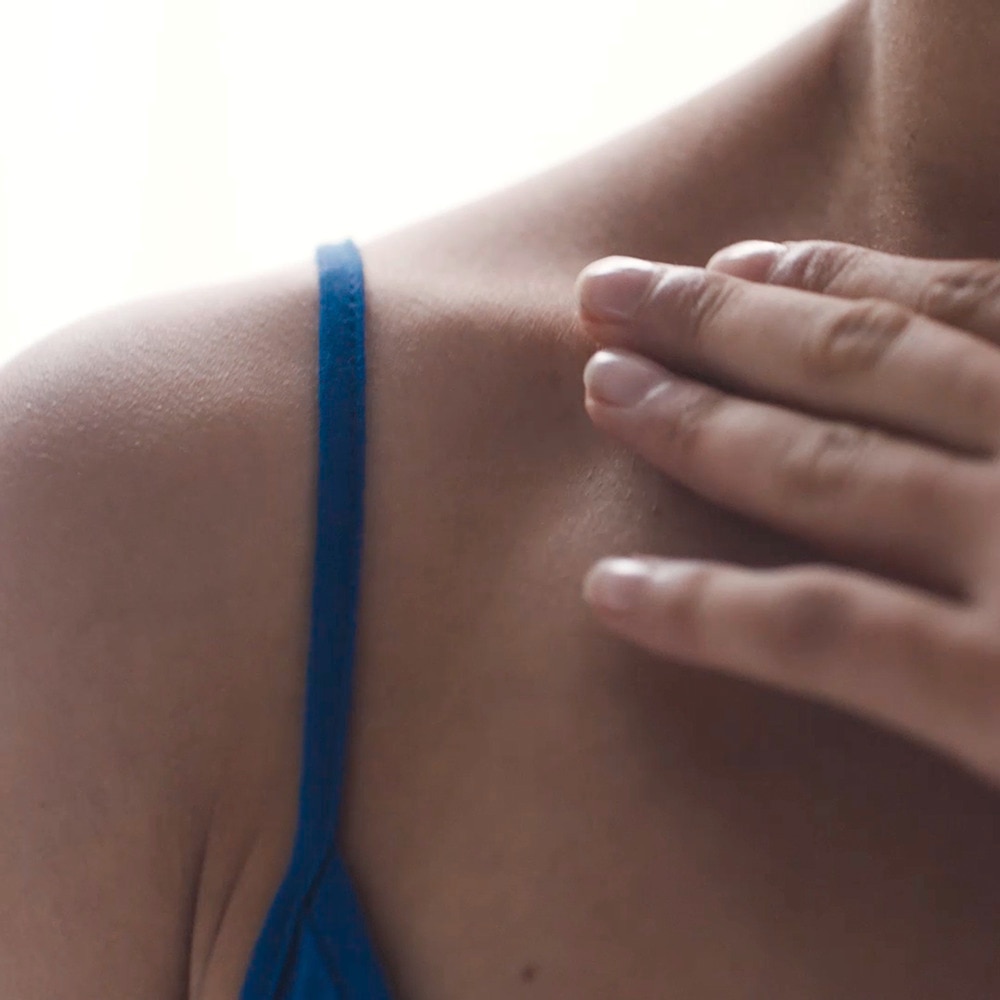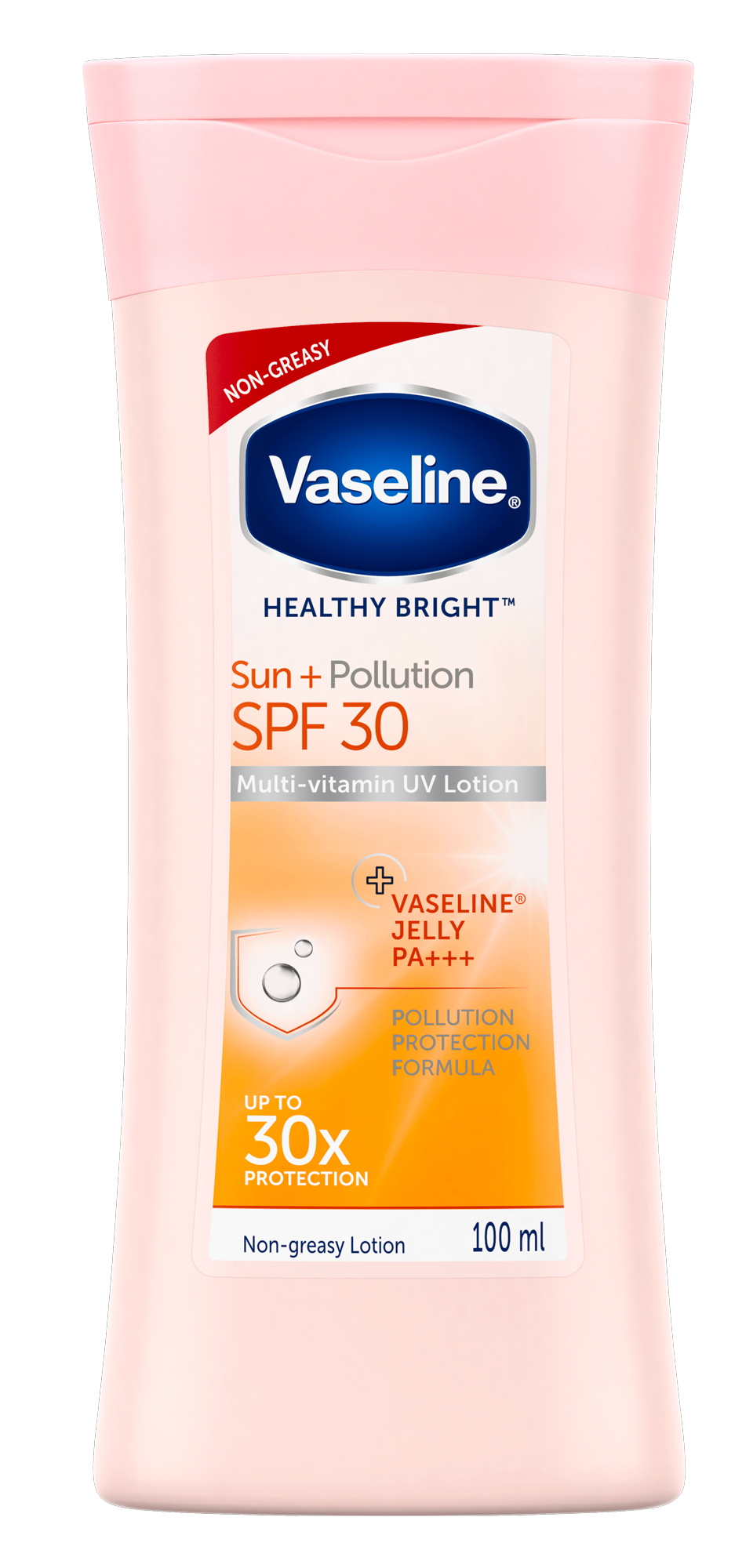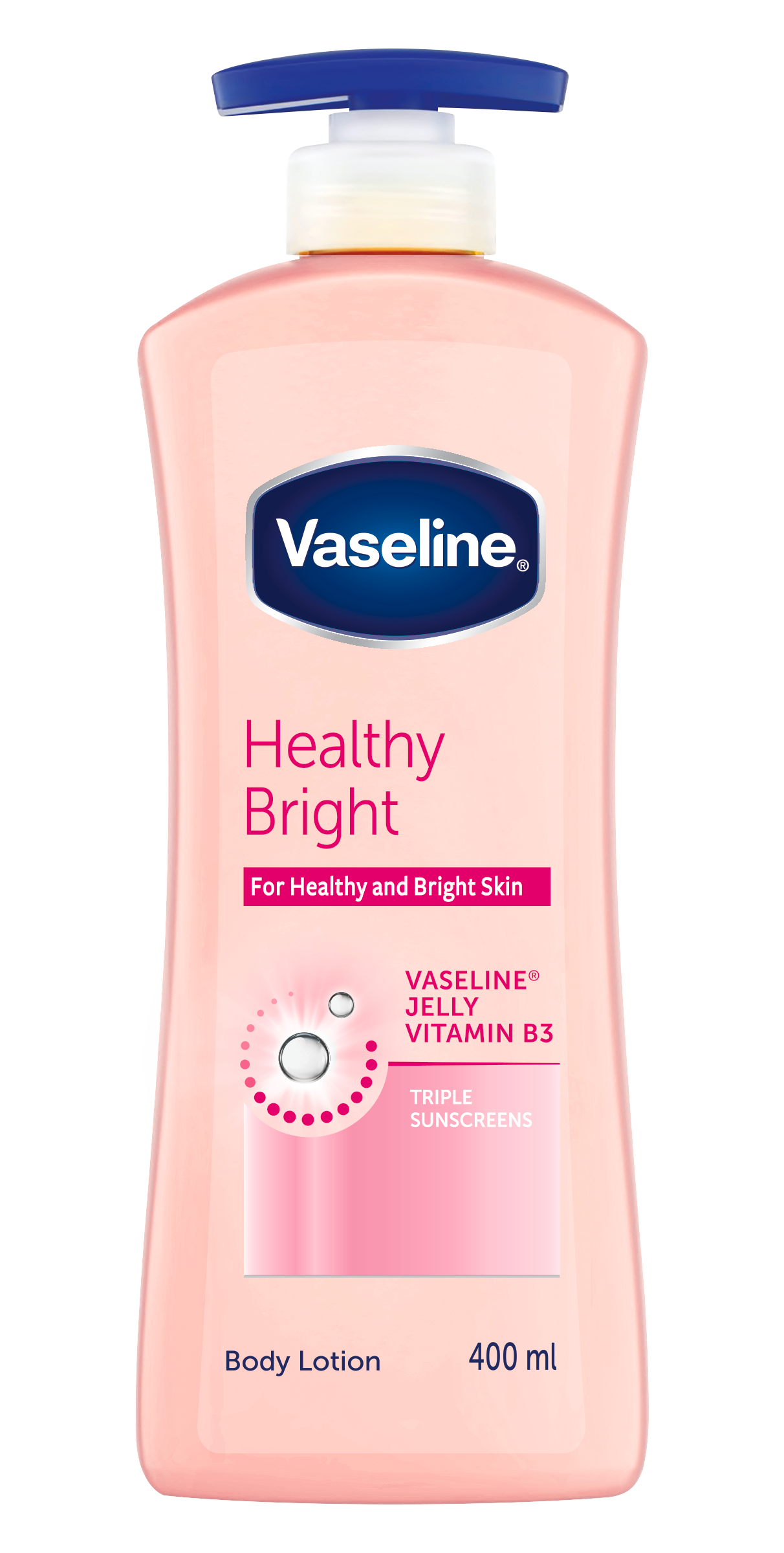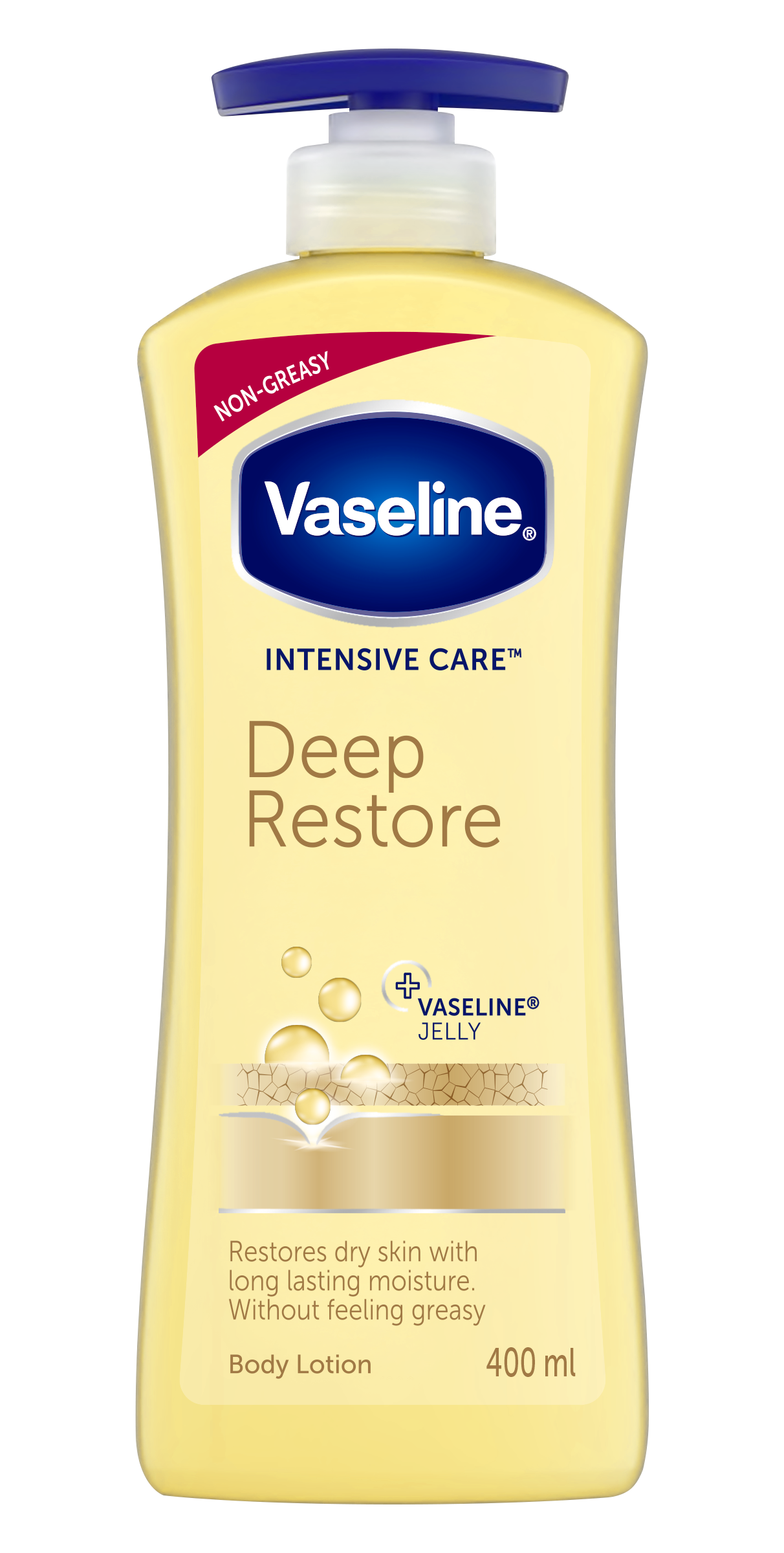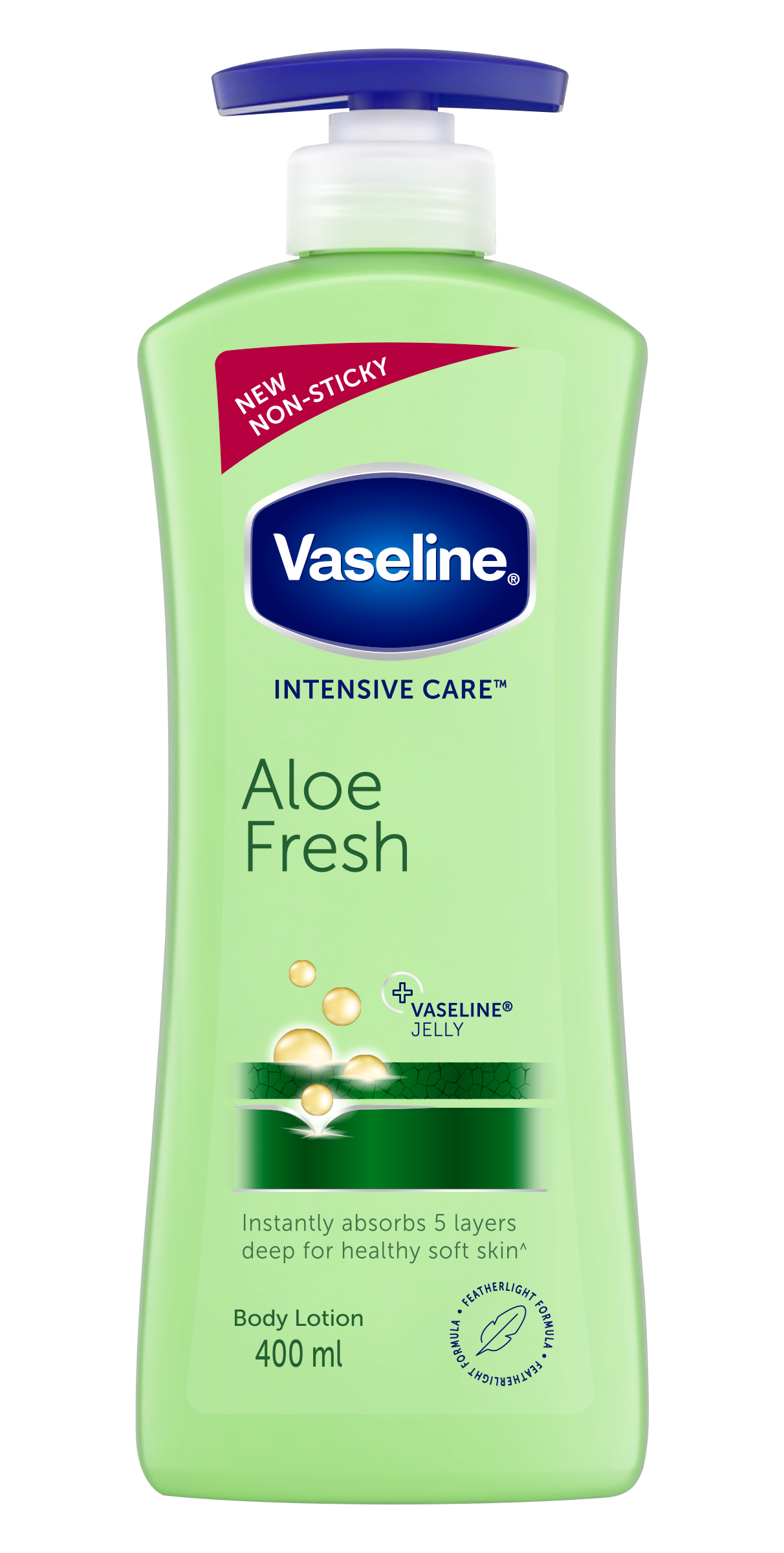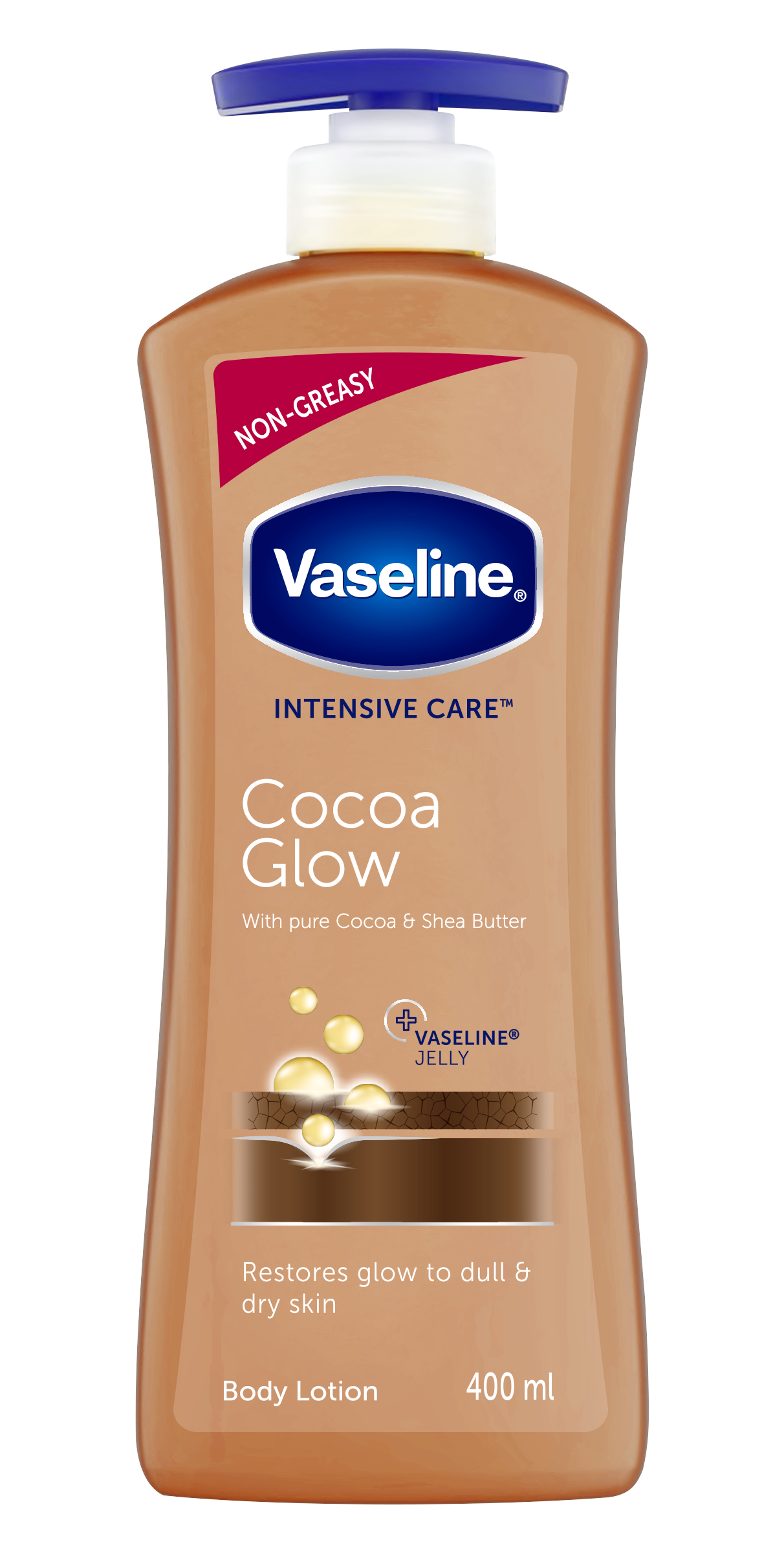Skip to content
What is the Glass Skin Trend and How Achievable Is It?
ALTHOUGH IT'S VERY HARD TO GET RID OF SCARS, YOU CAN MAKE A DIFFERENCE TO THEIR APPEARANCE WITH THE RIGHT SKIN CARE. FIND OUT SOME TIPS ON HOW TO CARE FOR SCARS HERE.
If you’re wondering “How do you get rid of scars?” you may be a little disappointed. It’s actually very difficult (and normally impossible) to get rid of a scar completely. On the other hand, if you’re wondering how to gradually improve their appearance, you might be pleasantly surprised. With the right skin care routine it may be possible in some cases to make a difference in the size, shape, and color of scarred skin, making some scars less noticeable to the eye.
Scars form when a surface wound or injury to the skin heals. As your skin heals you’ll often find scabs will form over the area. These help protect the wound from infection while the new skin develops. Once the wound has healed, a scar may appear. Many of us would like to improve the appearance of our scars – they can look dry and rough, and sometimes feel itchy.
Many scars will fade naturally over time, but there are some skin care techniques – including the use of Vaseline® Jelly – that may help their visual improvement and help relieve any itchiness associated with dry skin you may be experiencing.
GETTING RID OF SCARS: HOW TO MAKE A DIFFERENCE TO THE APPEARANCE OF SCARS
- Use Vaseline® Jelly for Scars
Using petroleum jelly for scars may be beneficial during and after the healing process. Vaseline® Jelly is known for protecting minor cuts and burns. It creates a protective barrier on the skin’s surface to lock in moisture to help protect skin while it heals. By sealing in moisture it also helps to reduce dryness of scarred skin, once your skin has healed. This may help to improve the appearance of scars, making the skin look smoother and softer, as well as help to reduce itchiness caused by dryness. Vaseline® Jelly is made using our patented triple-purification process meaning each batch is purified three times resulting in a product free from impurities. Vaseline® Jelly is also tested to be non-irritating and hypoallergenic.
- Moisturize Atrophic Scars
Atrophic scars are some of the most common types of scar. They look like little dimples in the skin, and are usually caused by acne, or may be scars left over from chickenpox. To help the appearance of atrophic scars, moisturize the skin regularly to lock in natural moisture and oils. This will help to keep your skin hydrated making it appear less dry and rough around the scar. Try using a non-comedogenic moisturizer, like Vaseline® Jelly – it won’t clog your pores and is appropriate for use on sensitive areas, like the face.
- Reduce Dryness & Itchiness of Stretch Marks
Stretch marks happen when the skin is stretched very quickly and loses its elasticity. The tissue in the middle layer of skin tears, creating red or pink glossy streaks in the skin. This often happens on the breasts during pregnancy, behind the knees in growing teens, and around the stomach with rapid weight loss or gain. Although it’s difficult to completely get rid of scars which affect deeper layers of the skin, like stretch marks, keeping them moisturized may help the skin look less dry and flaky around the stretch marks and reduce any itchiness caused by dryness.
When it comes to healing scars, it’s important to remember that many scars may never disappear completely. They’re a part of us, and something we need to embrace. However, with the appropriate skin care you may be able to minimize their appearance and help them to blend in with your skin, as well as ease any discomfort.
Expert Advice
The advice in this article does not constitute medical advice, it is solely available for information purposes.
RELATED PRODUCTS
- slide 1
- slide 2
- slide 3
- slide 4
- slide 5
